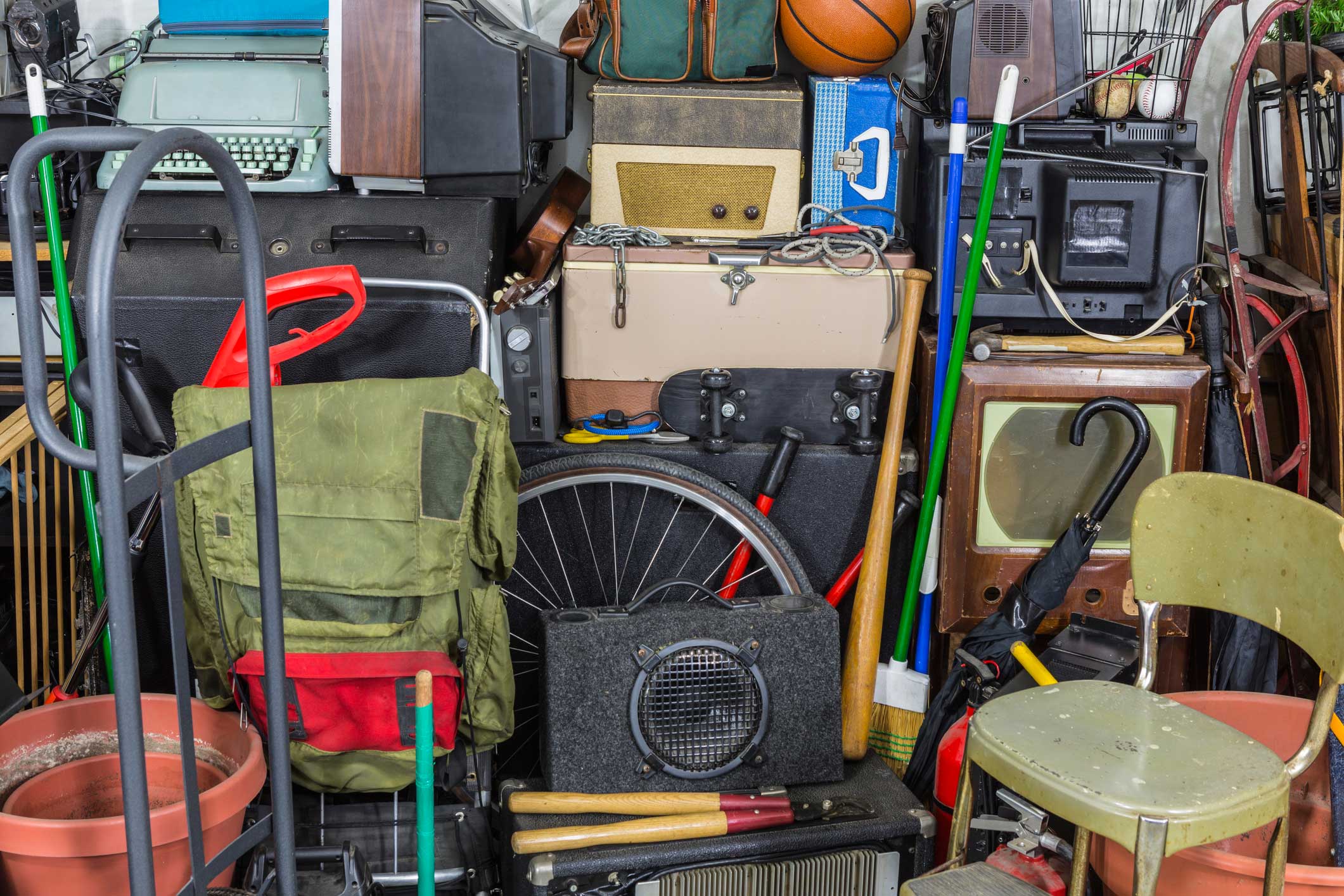Your desk has gotten a little messy lately. Stacks of books, dirty mugs and piles of papers seem to be scattered all over the place. Are you just a little messy or could you have hoarding disorder?
“If you came to my office, you’d see that I fall in the messy category,” said David F. Tolin, PhD, director of the Anxiety Disorders Center at The Institute Of Living, at a recent professional-education “Grand Rounds” presentation. “I’ve got coffee cups, pencils, papers and books strewn about, but my office still functions as an office. I can sit at my desk, use my computer, use my phone and sit down in my chair.”
There comes a point, though, when “a little messy” moves to a higher level of disorganization. This is what most of us envision when we think about hoarding disorder: the accumulation of clutter. The clutter fills up living and working spaces to the extent where those spaces are no longer usable for their intended purposes.
“If I dialed up the clutter, I’d reach some tipping point where my office no longer functioned as an office,” said Tolin, co-author with Blaise Worden and Christina Gilliam of “CBT for Hoarding Disorder: A Group Therapy Program,” a two-volume book on the condition. “It gets converted to nothing more than storage.”
That’s when things get serious. The No. 1 criteria of hoarding disorder is a person who can’t throw things away because they have strong urges to save items, or encounter significant emotional distress when they try to get rid of things. For a person with hoarding disorder, throwing something away is painful — mentally and emotionally.
“With hoarding disorder, we often find people with beds they can no longer sleep in, bathrooms they can’t use, kitchens they can’t cook in, living rooms they can’t walk through,” Tolin said. “These symptoms cause clinically significant distress or impairment in areas of functioning.”
Tolin’s research reveals three key criteria for identifying hoarding disorder:
- Excessively purchasing or acquiring objects.
- Significant pathological saving behavior.
- Maintaining high levels of disorganized possessions of mixed importance.
- These characteristics offer a reliable way to differentiate messiness from hoarding disorder.
Hoarding disorder is treated by introducing patients to the mechanisms of hoarding disorder and addressing each one through cognitive behavioral therapy. The mechanisms — or “bad guys” — include decision making and problem solving, experience of intense emotions, unhelpful thinking, and waxing and waning motivation.
If you or someone you know is suffering from hoarding disorder and ready to make a change, call the Anxiety Disorders Center at 860.545.7685 or click here.

